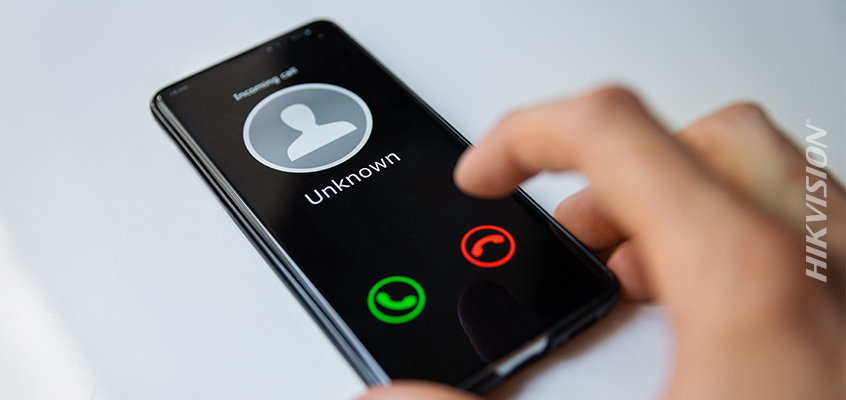Hikvision Senior Director of Cybersecurity on Security Concerns Related to Vishing Scams, Part 1

Hikvision senior director of cybersecurity, Chuck Davis, has covered a wide-range of cybersecurity topics in recent HikWire blogs, including “Hikvision Senior Director of Cybersecurity on Security Concerns with Home Router Vulnerability, 3 Tips to Improve Home Router Security.”
Today, Hikvision’s Davis will explain vishing scams.
What is Vishing?
Phone scams are almost as old as the telephone itself. In fact, most of us have likely been the target of a vishing attack but were not familiar of the term, vishing. According to Proofpoint’s 2020 State of the Phish Report, only 25 percent of those polled were able to accurately define the term.
Vishing is a combination of the word “voice” and the word “phishing”: voice + phishing = vishing.
Vishing is a form of phishing that uses voice calls rather than email to trick a victim into divulging personal, sensitive or confidential information to an attacker. Essentially, it’s a new term for the old phone scam. Vishing scams come in all forms, including debt collection, charities raising money, and attackers pretending to be calling from your bank.
CSO online wrote: “Almost all vishing attacks have a few things in common. The phone calls are initially placed via voice over IP (VoIP) services, which makes them easier for the vishers to automate some or all of the process and more difficult for victims or law enforcement to trace. And the attackers' ultimate goal is to profit from you in some way.”
This approach allows attackers to spoof caller ID so in some cases the call looks as if it is coming from a known or trusted phone number.
Vishing Statistics
To better understand how prevalent vishing attacks are, the following statistics were taken from the 2019 Scam Call Trends and Projections Report:
- More than 28 percent of all scam calls targeted victims using personal data.
- 75 percent of all scam victims were called by scammers who already had their personal information.
- Nearly 1 in 3 people who experienced a loss of at least $1,000 thought they were answering a call from a business they knew.
- 39 percent of victims said the scammers knew their home address.
- 75 percent of scam victims reported that the scam callers were able to verify all or part of their social security number.
Check back tomorrow when we’ll overview examples of vishing, and ways to prevent becoming a victim to this security concern.
